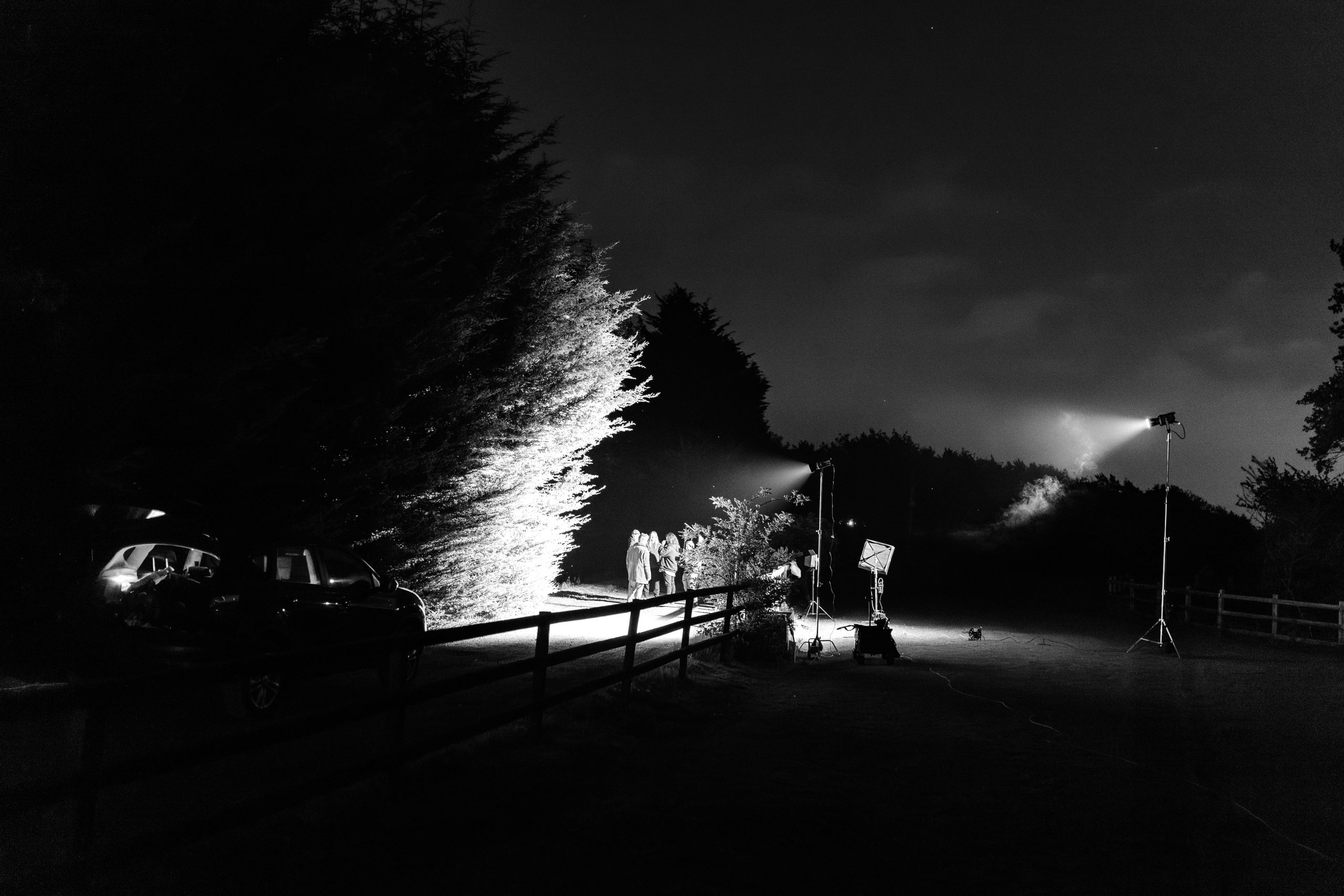Every great night scene carries its own quiet tension — not just in the story, but behind the camera. On our latest short film Reparation, that tension was very real. A narrow countryside road. No street lighting. Power access nearly 200 metres away.
It was the kind of location that promised atmosphere but demanded ingenuity.That’s where our cinematographer, Kris, turned a lighting challenge into cinematic poetry.
The Challenge: Naturalism Without Compromise
The vision was simple but demanding: to create a scene that felt authentically night, not artificially lit.
Traditional “blue” night scenes often feel stylised — visually striking but detached from reality.
Kris instead sought to capture what the eye truly sees under moonlight: a neutral, silvery tone — subtle, atmospheric, and believable.
This philosophy underpins the grey moonlight technique: a balance between exposure, tone, and mood that sells the illusion of natural light.
The Setup: Precision in the Shadows
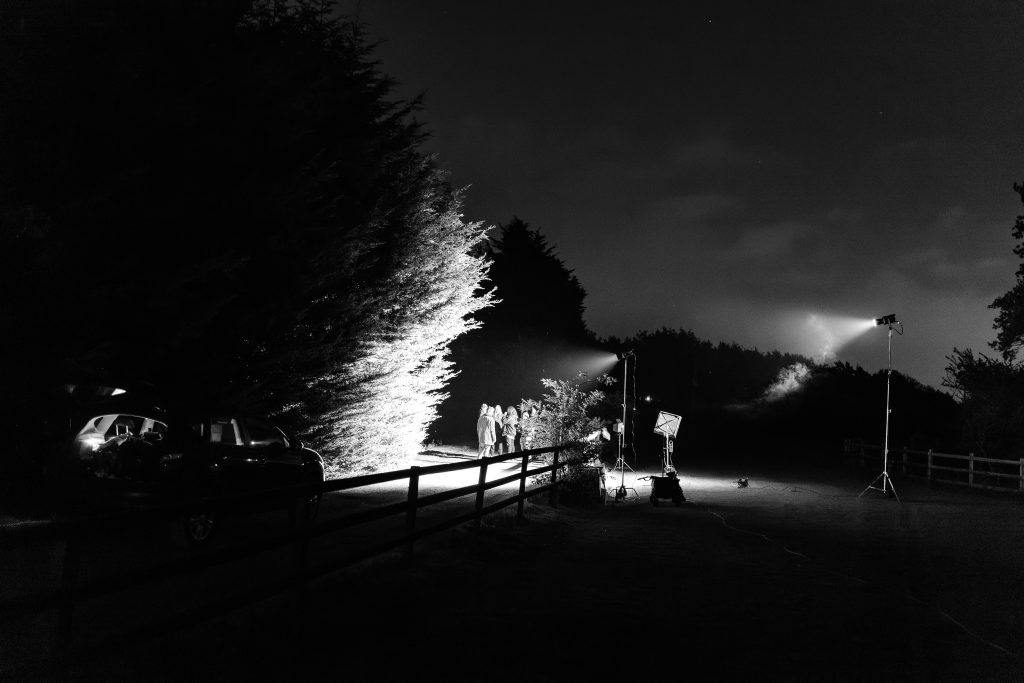
The lighting setup for Reparation was anything but lightweight. The Nanlux Forza 1200B, weighing nearly 10 kg plus its power ballast, demanded solid rigging and multiple sandbags to keep the fixtures secure — especially when raised five metres high to mimic the moon’s natural angle.
With the power source over 200 metres away, the crew ran long cable runs and managed voltage carefully to ensure consistent output. Each stand, cable, and counterweight played a crucial role in keeping the setup stable, safe, and camera-ready throughout the night shoot.
Lighting Equipment Used
Nanlux Forza 1200B served as the primary light source, paired with a 120cm parabolic softbox for a wide, diffused spread that acted as the main moonlight.
The Nanlite MixPanel 150 was used as a key light on the talent, adding subtle shape and contrast to ensure the actors remained readable without breaking the illusion of night.
A Nanlite 500C illuminated the additional stretch of road, adding depth and texture to the frame while guiding the viewer’s eye through the shot.
Both the Forza 1200B and 500C were mounted on combo stands approximately five metres high, casting shadows that mimicked a natural lunar angle.
With no power available nearby, the crew relied on portable generators and long cabling runs, all carefully managed and hidden from camera.
Manipulating Colour Temperature: The Cinematic Secret
One of the most critical aspects of this setup was controlling colour temperature — both through the lighting fixtures and the camera system itself.
Instead of relying on heavy blue tones, Kris worked within a cool-neutral palette, adjusting Kelvin values to achieve the distinctive grey moonlight tone.
The RGB-capable Nanlite units were set slightly below daylight, around 4400 to 4800K, creating a faintly cool cast without visible colour saturation.
The camera’s white balance was then adjusted to gently warm the recorded image, neutralising the light’s colour while maintaining the silvery quality of true moonlight.
This delicate balance between light and camera produced a night image that felt organic rather than stylised — cinematic, yet invisible in its craft.
The Camera System: RED Precision Meets Prime Clarity
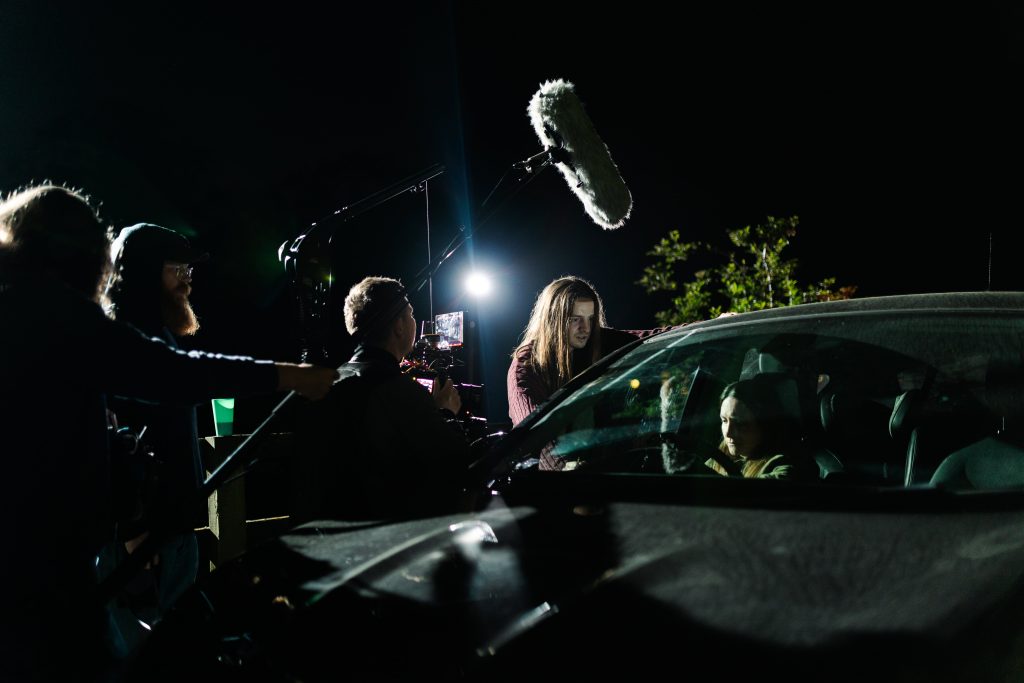
For Reparation, the team chose the RED V-Raptor, a system celebrated for its exceptional dynamic range and low-light performance.
Its ability to preserve fine shadow detail and control highlights was vital in shaping the moonlit atmosphere.
Paired with DZOFilm Vespid Prime lenses, the camera captured tactile sharpness with cinematic softness — maintaining natural contrast while enhancing texture in both skin and landscape.
Together, the RED and Vespids brought authenticity and depth to every frame, transforming a rural road into a scene worthy of the big screen.
The Result: Realism You Can Feel
The final image is haunting yet grounded — a lonely countryside road bathed in gentle silver light.
The lighting never calls attention to itself; it simply exists, shaping emotion and guiding the audience through the story.
It’s proof that with the right combination of planning, precision, and colour control, even the darkest location can come alive on screen.
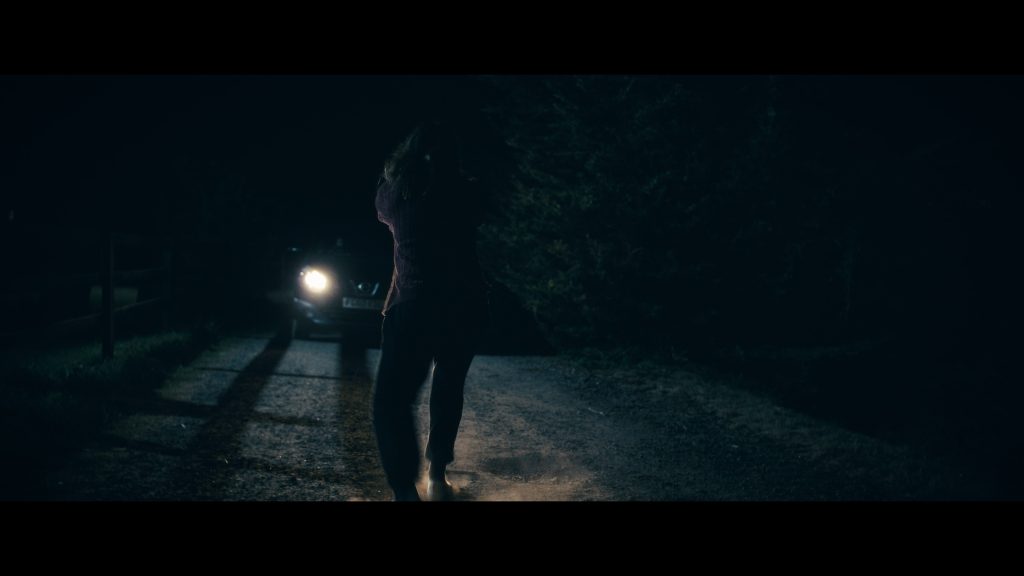
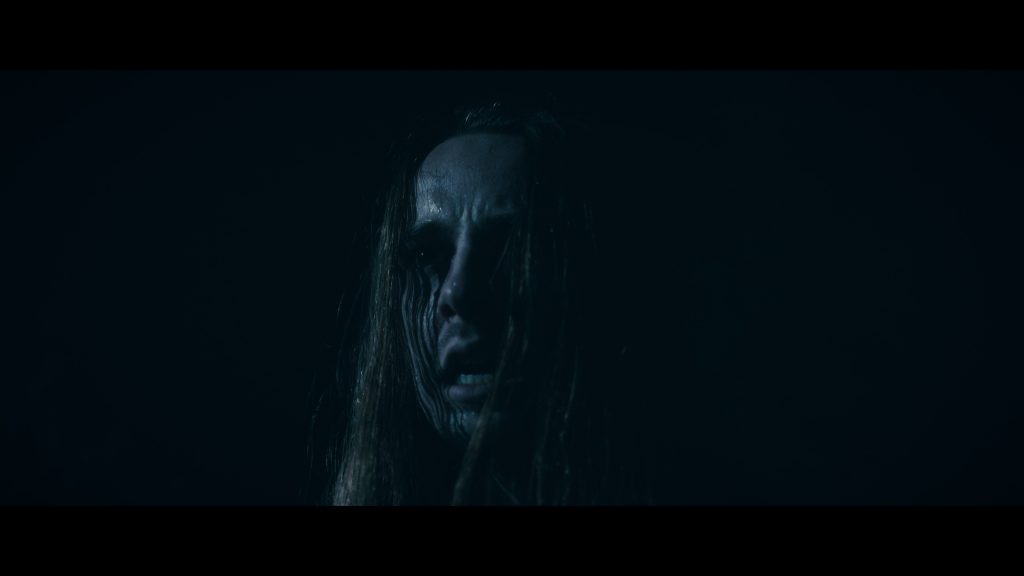
Key Takeaways for Filmmakers
Plan every lumen. Night exteriors demand foresight — once darkness falls, every decision counts.
Balance your colour temperature. The magic lies in subtlety: cool your lights, warm your camera, and find the equilibrium where realism lives.
Use height to your advantage. Raising your fixtures helps mimic lunar direction and create believable shadows.
Embrace limitation. When resources are stretched, creativity takes over — and that’s where innovation begins.
Final Thoughts
At Astor Film Productions, we believe every frame deserves intention.
Whether it’s a short film or a branded story, our approach remains the same: to craft visuals that move beyond light and lens, and into emotion.

